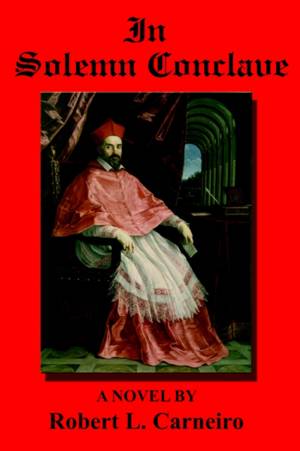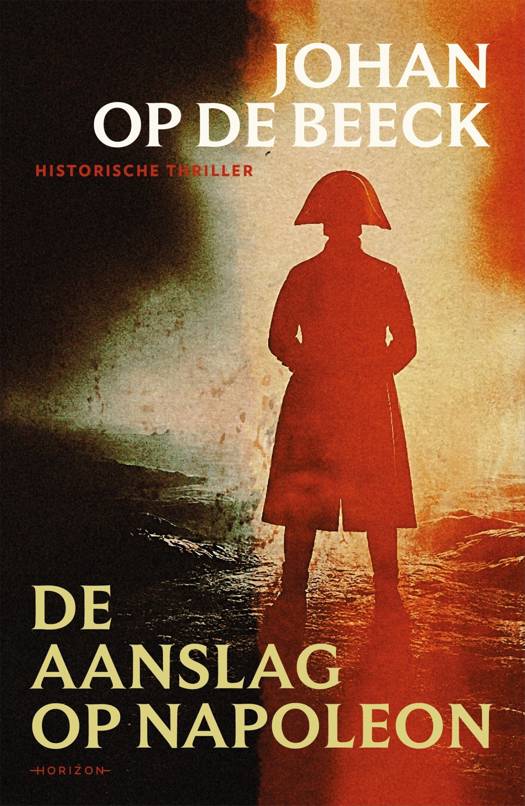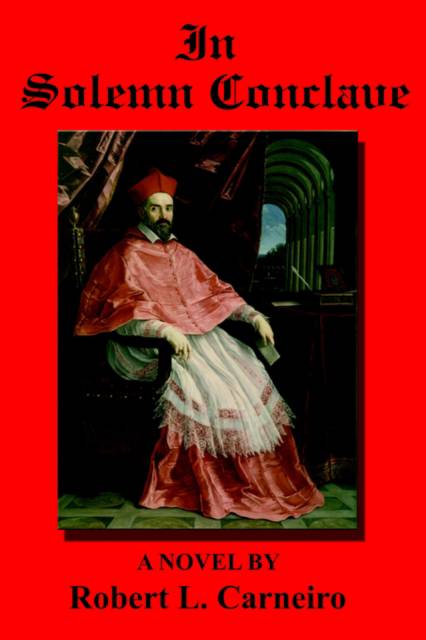
- Afhalen na 1 uur in een winkel met voorraad
- Gratis thuislevering in België vanaf € 30
- Ruim aanbod met 7 miljoen producten
- Afhalen na 1 uur in een winkel met voorraad
- Gratis thuislevering in België vanaf € 30
- Ruim aanbod met 7 miljoen producten
Zoeken
Omschrijving
It is some years in the future, and Pope Urban IX, pontiff of the Roman Catholic Church, after reigning for thirteen years, has suddenly died of a massive heart attack. From every corner of the globe, 77 cardinals converge on the city of Rome, where they will gather in the Sistine Chapel to elect Urban's successor. Ballot after ballot, the leading candidates vie with each other for the papacy, only to falter and fall by the wayside. Finally, after endless maneuvering and many ballots, one of them gains enough support among his fellows to emerge as the 267th pope. Although fiction, this account of the deliberations of a conclave of cardinal-electors is based on a close study of conclaves in the past. Rich in authentic detail, the story is nonetheless imaginative, filled with intrigue and suspense, the outcome remaining in doubt until the very end. Other novels have been written about conclaves and papal elections, but this is the only one that follows the actions of a conclave, detail for detail, from beginning to end, with each ballot tabulated and the results announced and debated by the assembled cardinals. In addition to presenting the traditional religious ritual involved in electing a pope, the novel is filled with colorful incidents of papal history, as well as the daily comings and goings of the cardinals. Though forced to live in rough-hewn pine cubicles, constructed for the occasion in the Apostolic Palace, the cardinals are nevertheless surrounded by some of the world's greatest art, which greets them during the days they must remain in strict seclusion, until a new pontiff is chosen. The author, Robert L. Carneiro, is an anthropologist who has written extensively in his own field, including two books, The Muse of History and the Science of Culture (2000) and Evolutionism in Cultural Anthropology (2003). This, however, is his first novel.
Specificaties
Betrokkenen
- Auteur(s):
- Uitgeverij:
Inhoud
- Aantal bladzijden:
- 424
- Taal:
- Engels
Eigenschappen
- Productcode (EAN):
- 9781418425227
- Verschijningsdatum:
- 2/11/2004
- Uitvoering:
- Paperback
- Formaat:
- Trade paperback (VS)
- Afmetingen:
- 152 mm x 229 mm
- Gewicht:
- 616 g

Alleen bij Standaard Boekhandel
+ 41 punten op je klantenkaart van Standaard Boekhandel
Beoordelingen
We publiceren alleen reviews die voldoen aan de voorwaarden voor reviews. Bekijk onze voorwaarden voor reviews.











